SAS Maker Movement
by Simon Bright


1. Why is "making" so relevant today? What's driving it?
1.1. Platforms for Sociability – Social networks as hubs for collaboration and problem-solving
1.2. Eco-Motivation – the new mantra is Reduce, Reuse, Remake. battle against planned obselence
1.3. Access to Tools – decreasing costs and increasing capabilities are making access to tools commonplace, making it easy for everyone to become a maker.
1.4. Open-Source Everything – customization and zero cost is the new mantra for software
1.5. Quest for Authenticity – the growing need for hands-on experiences and a new balance of the virtual and real worlds.
1.6. Rise of the Professional Amateur - line between pros and amateurs blurred by professional hobbyists
2. Design Thinking Cycle
3. How can curriculum support making?
3.1. design thinking focus
3.2. K-12 vertical integration
3.3. Maker Faire celebration
3.4. making is literacy
3.5. providing thoughtful prompts for action
3.5.1. school
3.5.2. division
3.5.3. individual
3.5.3.1. capstone
3.6. Scaffolding skillsets http://www.instructables.com/ http://www.adafruit.com/categories
3.7. Merit Badges
3.8. Coding
3.8.1. basics to Digipen
3.9. Tie in with STEAM
4. It all starts with Vision
4.1. Students experience gratification through creativity and self expression
4.2. "Thinkering" - focus on production, not consumption
4.3. FILM to View - http://www.wearemakers.org/
4.4. I love this quote "if you can't open it, you don't own it.
4.5. Making is a celebration of an alternative and powerful way of knowing and of thinking things through
4.6. "Thinkering"
4.7. VISION - schools can become places where students learn to identify their own challenges, solve new problems, motivate themselves to complete a project, work together, inspire others, and give advice and guidance to others. That's what we see happening already in the Maker community. And increasingly we recognize there is a real hunger for the resources and infrastructure for kids and adults to be spending more time making, too. - Young Makers Program (Maker Faire Magazine)
4.8. EXTREME LEARNERS - There is a cohort of “extreme learners” who are the trailblazers on the new learning landscape. For them, it’s not about the degree—the process is the product. These extreme learners are the people who design their own curricula from the massive open online course offerings of top universities. They join community laboratories and hackerspaces where they can get their hands dirty in ways not possible inside traditional lecture halls. They seek out mentors online and offline who can guide them in their learning, helping locate and curate the wisdom and resources required to achieve a desired outcome. They apply novel feedback mechanisms and the lessons of neuroscience to optimize their learning experiences, overclocking their brains for maximum capacity and utility. They have learned how to learn.
5. What is a maker space?
5.1. Where thinking and making aren't separate
5.2. creating spaces with purpose and continuity k-12
5.3. Common vendors, product lines = continuity for students
5.4. open to community
5.5. in central locations (not classrooms)
5.6. Repair Cafe facilitates community interaction
5.6.1. repair community items for a small fee (small business)
5.6.2. recycle what is unrepairable
5.6.3. remove all useful parts (cogs, wheels, motors, electronic components) and create inventory of parts for use in student projects & supply maker centers around SAS

